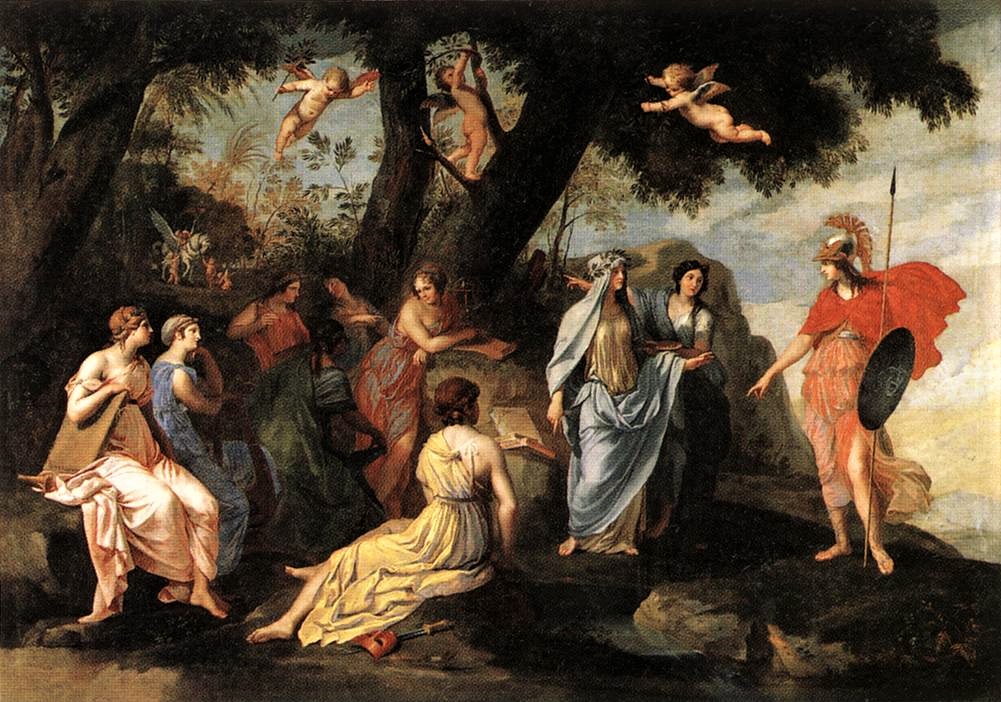

Stephen Scott: Minerva’s Web; The Tears of Niobe
Minerva’s Web is scored for an ensemble of ten musicians at one piano plucking the strings or bowing them with loops of material. The effect is somewhat like slowly evolving waves of a giant harp at times and like the smoother waves of an electronic synthesizer. There are also many exciting rhythmic pulses. In all, this richly harmonic and tonal music is appealing with its surprising “celestial” and joyously rhythmic textures.
The title refers to [the Roman poet] Ovid’s tale (in the “Metamorphoses” [Book of Transformations], Book VI) the weaving contest between the goddess Minerva and the mortal Arachne, and also refers to the web-like layout of piano strings and the arrangement of the ideas (“indices”) in the composition.
Minerva (Greek Pallas Athena) was one of the major deities of ancient Greece and Rome, benevolent and civilizing. In Greek mythology she was the daughter of Jupiter (Zeus), and sprang fully armed from his head. The familiar figure in armour with spear, shield and helmet, the patroness of institutions of learning and the arts, seen in civic heraldry, sculpture and painting, is only one of her many aspects. In an early form she was a war goddess, hence her weapons. She was the patroness of Athens, and the Parthenon was her temple.
Ovid describes (Met. 5:250-268) how Minerva visited the Muses on Mt Helicon, their home, to listen to their song and story and to see the sacred spring, the Hippocrene, which flowed from a rock after it had been struck by the hoof of the winged horse, Pegasus. The scene is a wooded mountain-side where the company of Muses are playing their instruments or perusing books. Pegasus is seen in the background. The association of Minerva and the Muses was in line with the tradition that made her patroness of the arts.
httpvh://youtu.be/f_CMGaqwiHs
Minerva’s Web – Stephen Scott – for grand piano bowed & plucked by the composer with 10 musicians from the Colorado College New Music Ensemble
“The Tears of Niobe” is scored for an ensemble of 10 musicians at one piano plucking the strings or bowing them with loops of material. The effect is somewhat like slowly evolving waves of a giant harp at times and like the smoother waves of an electronic synthesizer. There are also many exciting rhythmic textures. In all, this richly harmonic and tonal music is appealing with its surprising “celestial” and joyously rhythmic textures.
Niobe, the daughter of the great king Tantolos (Tantalus), was a proud woman who had seven beautiful sons and seven beautiful daughters. In a moment of ill conceived conceit, she bragged of her fortune to the goddess mother of Artemis and Apollo, Leto. Soon after, in a terror of jealous rage, Apollo and Artemis were dispatched to kill all the children of Niobe with poisoned arrows. Niobe was transformed into a stone on Mount Sipylus in her homeland of Phrygia, where she brooded over the sorrows sent by the gods.
STORY: Iannis Xenakis: Musical Sorcery Using Mathematical Totems
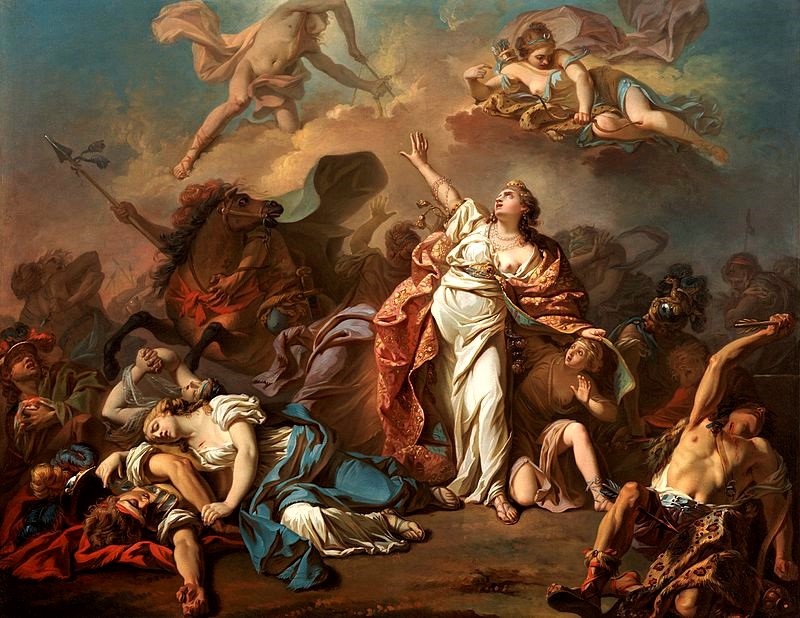

The title refers to the tale (re-told) by Ovid in his “Metamorphoses” Book VI about Niobe, daughter of Tantalus, the queen of Thebes. Niobe who challenged the goddess Latona [Leto] by declaring that she was beautiful and also had seven daughters and seven sons, and was therefore to be preferred to the goddess.
STORY: Music of the Tree Rings: Sound of a Wild Forest
httpvh://youtu.be/a_X0TaTiZRs
The Tears of Niobe – Stephen Scott – for grand piano bowed & plucked by 10 musicians
Latona gets her revenge on Niobe’s hubris by causing the deaths of the latter’s children Alphenor and Damasichthon, and then the rest, slaying them with divine arrows. Then, Niobe’s distraught husband Amphion commits suicide.
Credits
Composed By – Stephen Scott
Design – William Reuter Design
Engineer – Tom Lazarus
Executive-Producer – Foster Reed
Performer – Adam Mishaga, Brian McDougall, Christina Ellis, Daniel Wiencek, Elizabeth Stanton, Jennifer Tobin, Lisa Davenport, Miranda Wilson, Ryan Capp, Stephen Scott
Photography By – Richard Misrach
Producer – Foster Reed, Stephen Scott



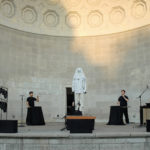

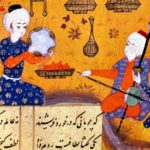
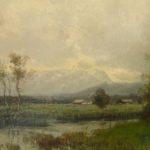






piano plucked is just stunning…i am speech less.
Pingback: Visual Poems, Silent Dances of the Maquette Theatre